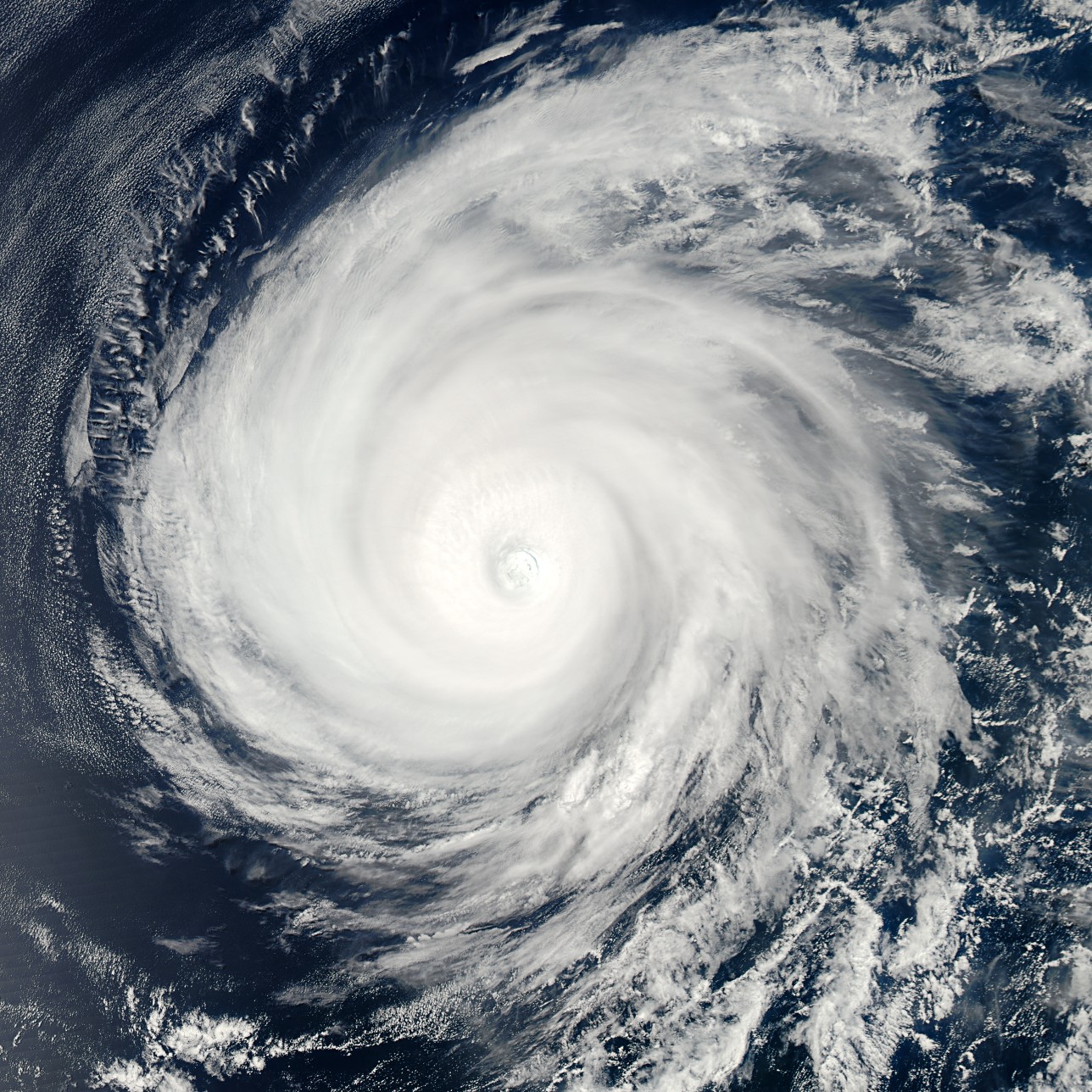
Heavy Rain, Flooding, and Chance of Severe Weather Staring Down the Southern U.S.
January 22, 2024
Posted: September 25, 2023 8:33 am





The rash of tropical activity in the Atlantic basin is forecast to continue in the coming days, bringing the busy week of September to a close. Here is a look at the latest developments in this corner of the world’s oceans.
Forecasters with the National Hurricane Center (NHC) are warning that another storm is set to strengthen across the Atlantic, potentially bringing impacts to the Caribbean and the East Coast of the U.S. This warning comes as Tropical Storm Ophelia came to life just off the coast of the Carolinas.
This storm will target the East Coast over the weekend, bringing heavy rain and winds to the coastal portions of the region. Hurricane watches, tropical storm warnings, and storm surge warnings have been issued for portions of the coastline from North Carolina and up into Delaware as Ophelia inches closer.
Meteorologists have spent the week tracking an area of low pressure that had formed off of the coast of Africa. This zone is producing clusters of rain showers and thunderstorms as it churns about 600 miles to the west-southwest of the Cabo Verde Islands. The current forecasting models indicate that there is a high chance that the disturbance could take on tropical characteristics in the near future.
The steering breezes in this part of the basin will send the feature on a track that takes it to the west and northwest over the next few days. The feature could find the fuel that it needs to develop into either a tropical depression or tropical storm as early as this weekend. Should this system take on a name, it would be called Philippe.
At this point in the forecast, the feature is predicted to move to the north of the Leeward Islands starting the middle of next week. This group of islands located in the northeastern portion of the Caribbean include Antigua, Barbuda, Anguilla, and the U.S. Virgin Islands.
The most likely path takes the features on a curve into the central Atlantic Ocean by next weekend. This journey would take it into the warm waters of this part of the basin, helping to grow the storm in the process. Should this path come to fruition, it would follow a similar track as Hurricane Nigel traveled earlier this week.
How strong the storm becomes will depend on the steering winds at the time that it reaches the central Atlantic. If the feature does not take on tropical characteristics until it hits the Caribbean, the track might take it farther west.
This direction would present a risk for the northernmost islands in the Caribbean. In addition, this track to the west could bring the storm closer to the U.S. mainland during the first week of October. However, forecasters say that there is still a low risk of this feature reaching the U.S. Meteorologists will continue to monitor this disturbance and its track in the coming days to discern if it will pose a threat to the Caribbean and the U.S. coastline.
With the formation of Ophelia on Friday afternoon, there have now been 16 named tropical storms churning in the Atlantic. Six of these named storms went on to become hurricanes with three of them turning into a major hurricane, defined as Category 3 strength or higher.
Hurricane Lee is currently distinguished as the strongest hurricane of the season thus far. Lee hit the intensity of a Category 5 monster when it swirled over the central Atlantic with wind speeds of 165 mph. The storm made its landfall as a tropical rainstorm on September 16 all the way up in Nova Scotia, Canada. Lee was boasting maximum sustained winds of 70 mph when it came onshore.
The Atlantic hurricane season runs June 1 through November 30, meaning that there is still plenty of time left on the calendar to add to the 2023 total number of named storms.
Did you find this content useful? Feel free to bookmark or to post to your timeline for reference later.

January 21, 2024

January 19, 2024

January 18, 2024